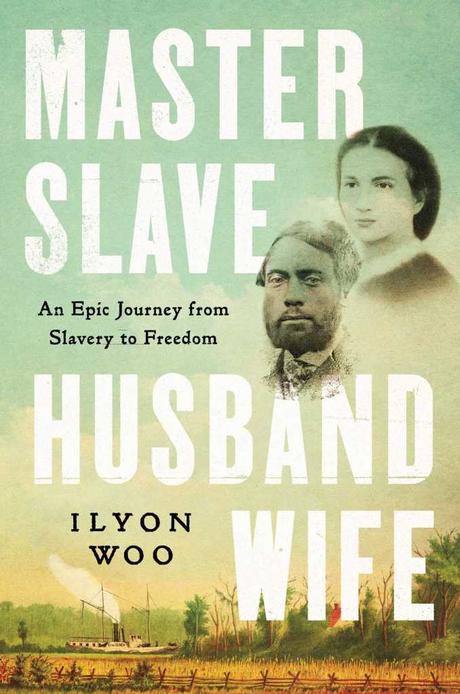Anyone interested in the history of slavery in the United States should read this book, which won the 2024 Pulitzer Prize for Biography. It’s the story of Ellen and William Craft, two enslaved people in Macon, Georgia. Ellen and William have been torn apart from numerous family members, are unable to marry, and they refuse to bring children into their lives when those children will be born into slavery. Ellen is the daughter of her mother’s enslaver, and has been sold as a maid to her half-sister. Because she appears white, Ellen and William plot an ingenious escape – Ellen will pose as a white man, taking her slave with her to Philadelphia. She can’t travel as a woman by herself, but as a man she could.

Their journey is fascinating, though I didn’t realize how much of this book would be about what happens after they reach Philadelphia. I knew about the Fugitive Slave Act, but I was not aware how much danger they would still be in once they reached the North, and how their escape is closely tied to the volatile politics of the pre-Civil War era. This was an excellent read to follow Geraldine Brooks’ Horse, as it covers a similar time period and region. As depicted in Horse as well, the country is like a cauldron ready to boil over on the subject of slavery, and Southern slaveholders will do anything to maintain their way of life.
I also learned a lot about the abolitionist speaking circuit and the people who put their lives on the line to carry the message and stir up public sentiment for emancipation – not just Frederick Douglass but other emancipated people of the time. Woo combines quite a bit of detail about the history of the abolitionist and anti-abolitionist movements. Finally, Woo describes the challenges that face Ellen and William even after emancipation – they learn to read and write, build a family together, tell their story, and pursue meaningful reforms.
The abolitionist history is at times a little dry, compared to Woo’s telling of the Crafts’ story, but I appreciated how Woo thoughtfully wove together the different historical aspects of the time to create a comprehensive picture. I also appreciated that the author acknowledged when the evidence was limited, conjecturing about what might have happened or how they might have felt, without inventing anything.
This was a powerful story and certainly one I recommend highly to anyone who likes to read books about history.
This book meets my 15 Books of Summer Challenge, and the Reading Nonfiction Challenge.

